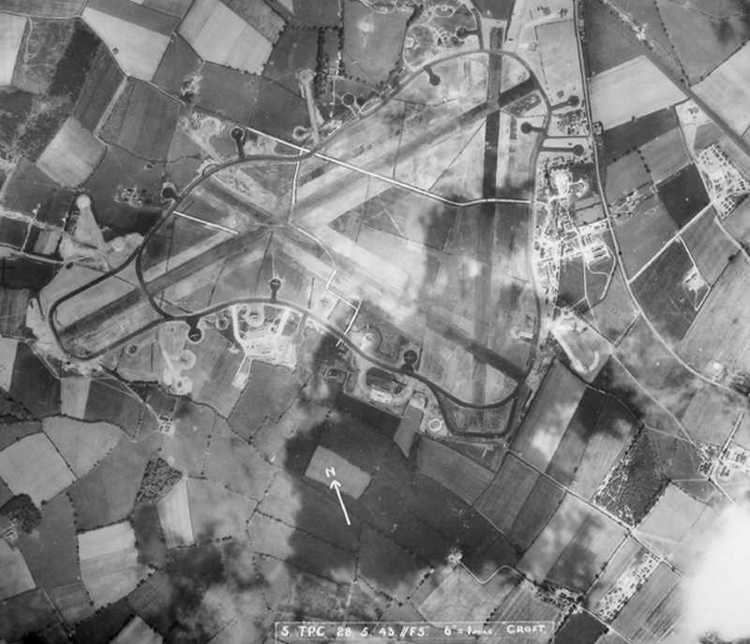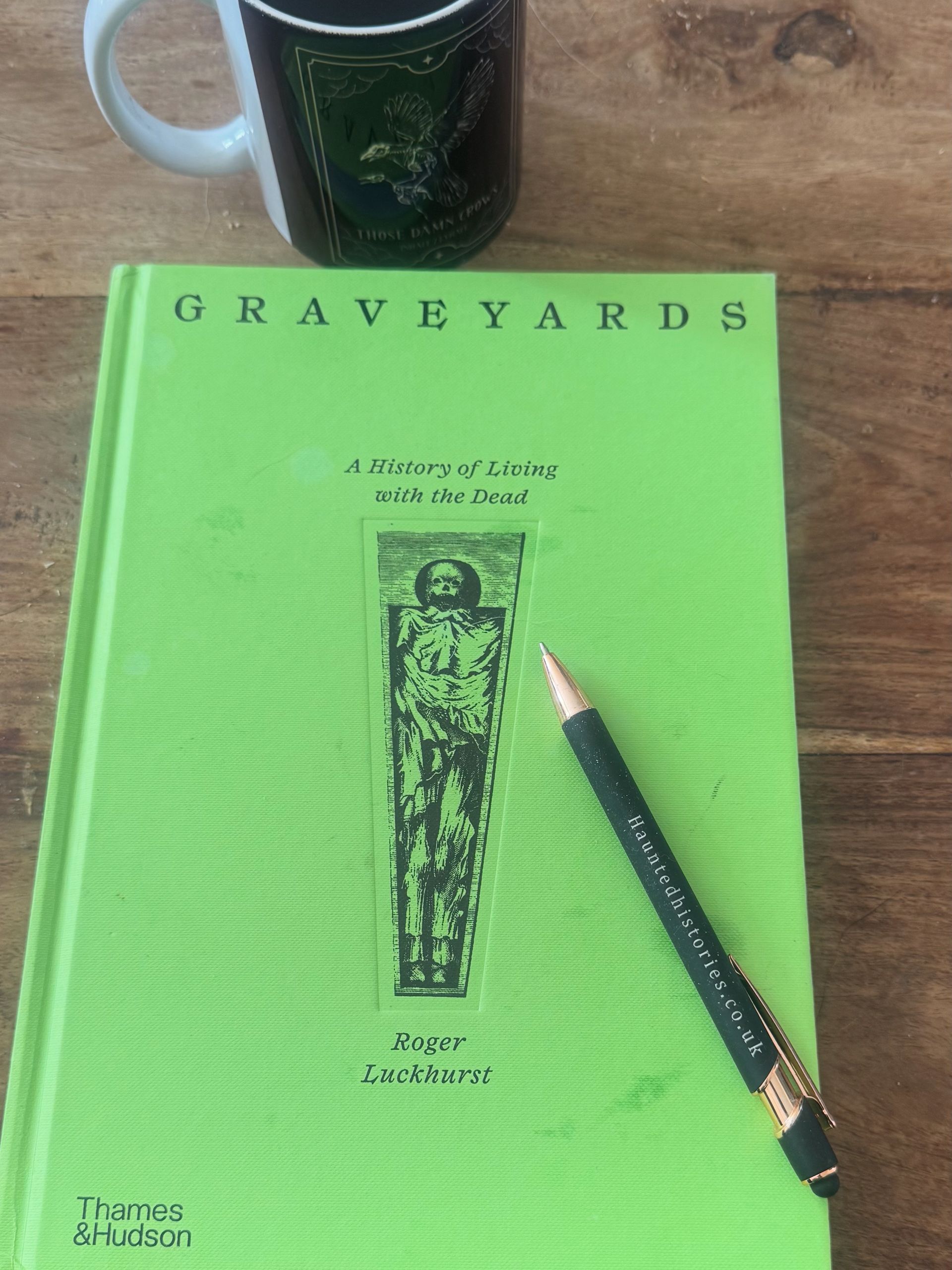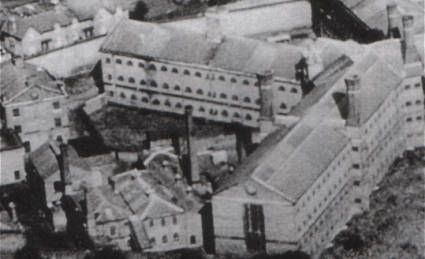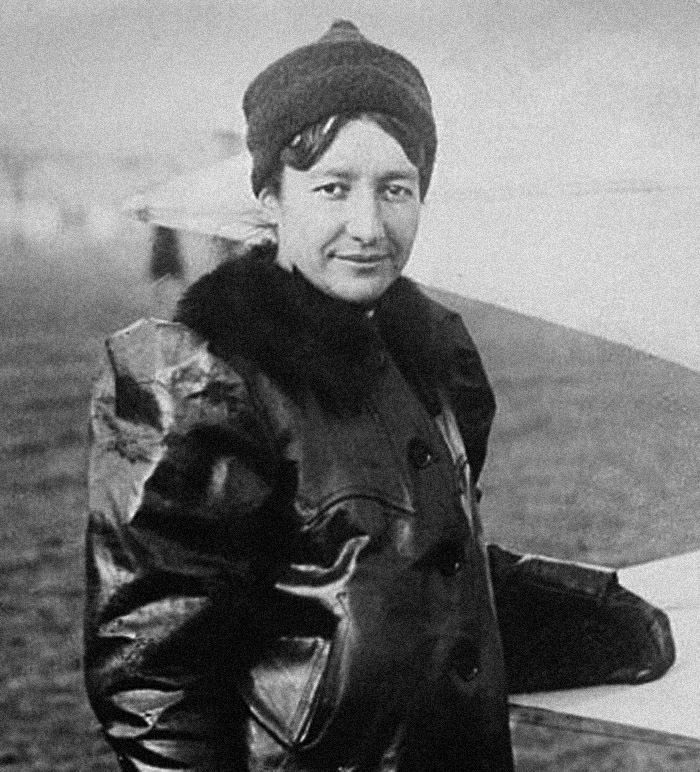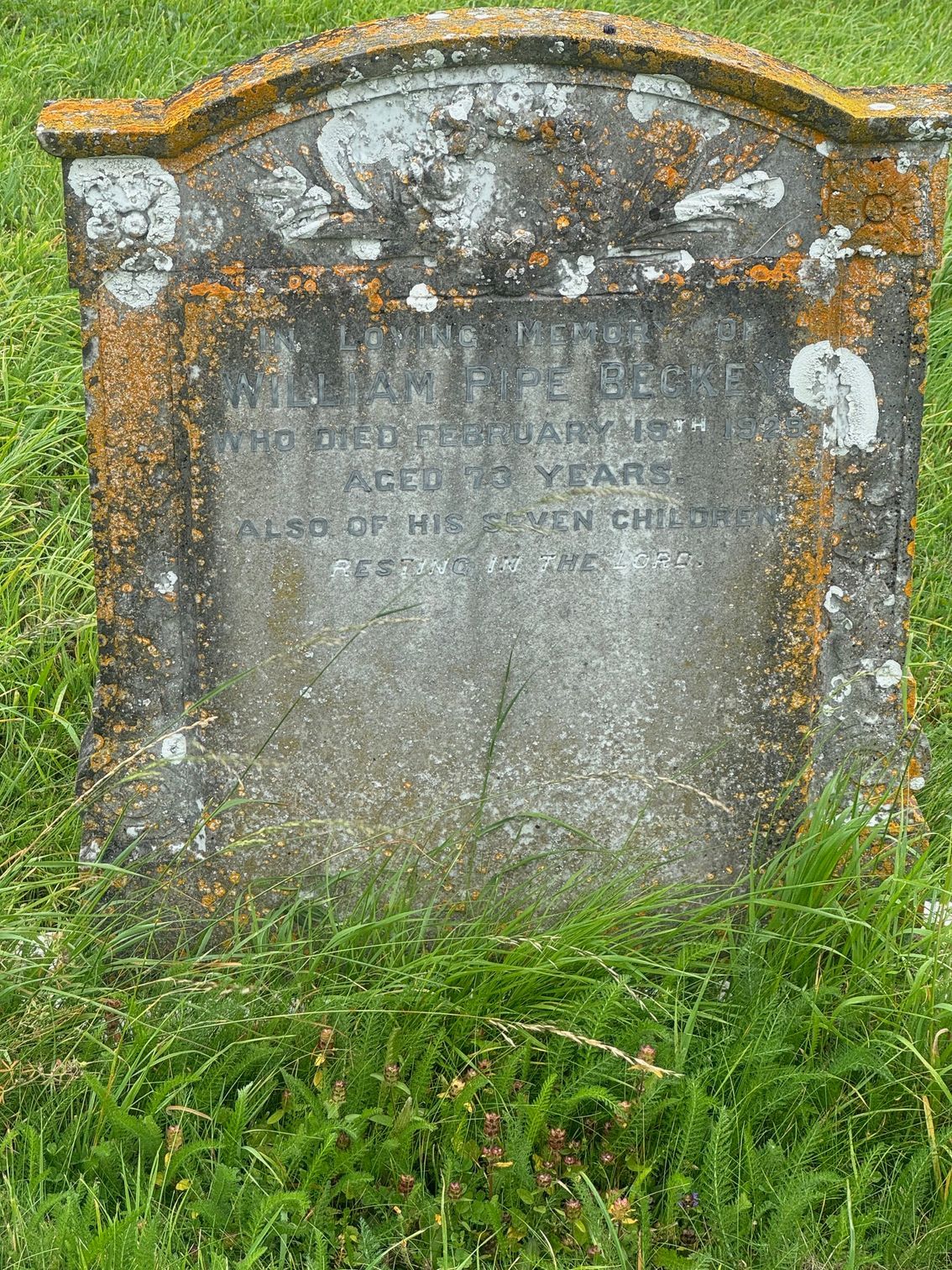R-101
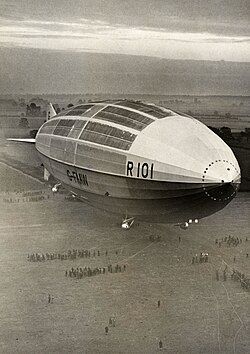
I have never really fancied a flight on an airship, the thought of being supported by what is in effect a giant balloon has not got the same appeal as fixed or even rotary winged aircraft. Whilst I am fully aware that aircraft can go down regardless of how well built they are, the thought of being reliant upon an inflated piece of fabric is not one I want to explore.
However back in the 1920’s society felt very different.
The fact that this particular horrific crash is so well known, that not only has it featured in an episode of Dr Who, it has also had a song written about it by Iron Maiden.
Let us go back first to where this airship was “born”, RAF Cardington near Bedford was originally built in 1915 to build and house two airships, R-31 and R-32, they were to be used by the Royal Navy as fleet protection but due to their completion being literally months before the end of the great war, they were never used.
The site was then nationalised in 1919 and became known as Royal Airship works, five years later commencement of the R-101 project saw the hangar (which was already seven hundred foot long) being extended by over thirty feet in height and another one hundred foot in length. When you look at those measurements you can picture how huge this airship was going to be, once it was finished the R-101 (part of a pair of long distance dirigibles capable of flying within the British Empire) was huge, and the largest flying craft in operation at over seven hundred and thirty feet in length.
After a year of testing, the length of the aircraft was increased by nearly fifty foot as it was decided more gas “bags” were needed to provide more lift…interesting Nevil Shute Norway - probably better known as author Nevil Shute – worked on the project and he said in his 1950’s biography that he felt the R-101 was” extravagant and over ambitious”.
On the evening of the 4th October 1930, R-101 took off from Cardington airfield on the start of her journey to Karachi, via Egypt (for a refuel). There were fifty four people on board, of those thirty seven were crew and then various officers and officials, the commander was Flight Lieutenant Carmichael Irwin, an incredibly experienced airship pilot who had joined the Royal Navy in 1915 and had returned to the programme in 1929 after working on balloons for a short period of time.
When only twenty miles or so from Cardington they started to experience engine problems, having shut this one down they began to replace the oil gauge but did not report this back to control. Once they were over France, and there had been a change of those officers on duty, things started to go wrong. The airship dived, and whilst it recovered slightly, the pilot then in control reported that it was “flying heavy”, this meant she was relying on the lift from the forward thrust of the engines to keep her in the air as opposed to the gas which was meant to make her float…she went into a second dive around two and a half miles from Beauvais, from which she hit the ground and burst into flames, ultimately killing forty eight of her fifty four passengers.
Most stories I have read about R-101 focus on the fact that the hangars at Cardington are reported to be haunted by some of the airmen who lost their lives that day, but I am going to mention what happened about three weeks after the disaster when psychic medium Eileen Garratt was conducting a reading at the National Laboratory of Psychical Research – whether you think that what she did was total hooey or actually there is validity in it, that is up to you.
She is said to have made contact with Irwin, the commander of the airship, and the facts that she recorded were passed onto the inquest team but were deemed irrelevant as they could not accept information from a dead person. You can read the full transcript of what was said in John G Fuller’s book “The airmen who would not die” but to give you a little taster…
“She was too heavy by several tons, and too amateurish in construction”
“The gas skins are too porous and not strong enough”
“One of the struts collapsed and caused a tear in the cover”
All of these could have caused the problems they encountered, would Eileen Garratt really have been such an amazing “con woman” that she could have known that the tear in the nose cover would have caused the first dive, which would have damaged it further to give way to the second unrecoverable dive which took their lives?
Makes you wonder.
